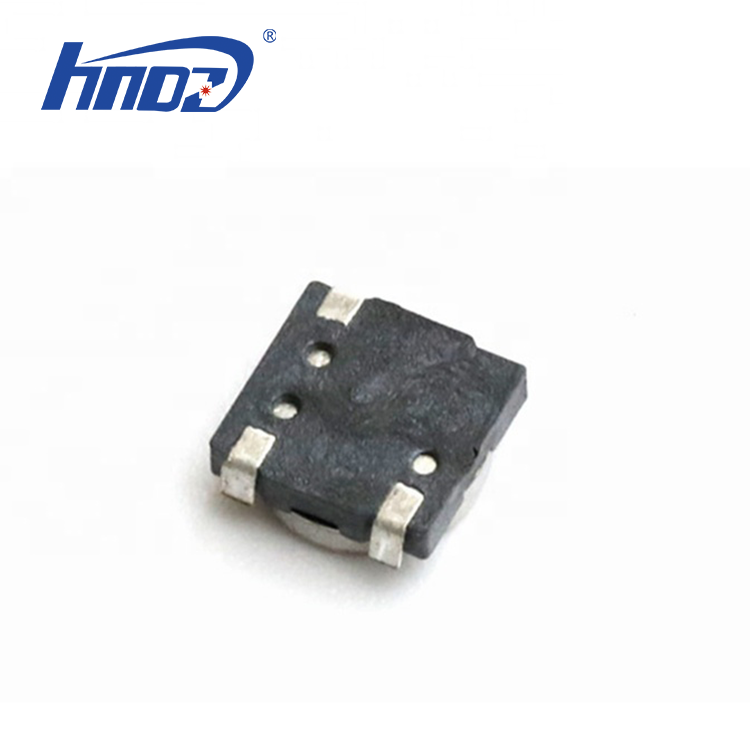
Privacy statement: Your privacy is very important to Us. Our company promises not to disclose your personal information to any external company with out your explicit permission.
The Construction of Magnetic Buzzer
The construction of a magnetic Buzzer involves several components and their arrangement to produce an audible sound. In this article, we will explore the various elements that make up a magnetic buzzer, their functions, and how they work together to create the buzzing sound.We are professional manufacturer of Cast iron pipe fittings,Applicable to EN877,Gray iron fitting,Drainage fittings,Drainage fittings.
1. Introduction to Magnetic Buzzers:
A magnetic buzzer is an electronic device that produces sound by using a magnet and an electromagnet. It is commonly used in various applications such as alarms, timers, and electronic toys. The construction of a magnetic buzzer consists of several key components, including a housing, a diaphragm, a magnet, an electromagnet, and a circuit board.
2. Housing:
The housing is the outer shell of the magnetic buzzer that protects the internal components from damage and provides a mounting structure. It is usually made of plastic or metal and is designed to be compact and durable. The housing also helps in directing and amplifying the sound produced by the buzzer.
3. Diaphragm:
The diaphragm is a thin, flexible membrane that vibrates to produce sound waves. It is typically made of a thin metal or plastic material that can easily vibrate when an electrical current is passed through it. The diaphragm is attached to the housing and acts as a sound generator in the magnetic buzzer.
4. Magnet:
The magnet is a crucial component of the magnetic buzzer as it provides the magnetic field necessary for the buzzer to operate. It is typically a permanent magnet made of materials such as neodymium or ferrite. The magnet is positioned in close proximity to the diaphragm, and its magnetic field interacts with the electromagnet to create the buzzing sound.


LET'S GET IN TOUCH

Privacy statement: Your privacy is very important to Us. Our company promises not to disclose your personal information to any external company with out your explicit permission.

Fill in more information so that we can get in touch with you faster
Privacy statement: Your privacy is very important to Us. Our company promises not to disclose your personal information to any external company with out your explicit permission.